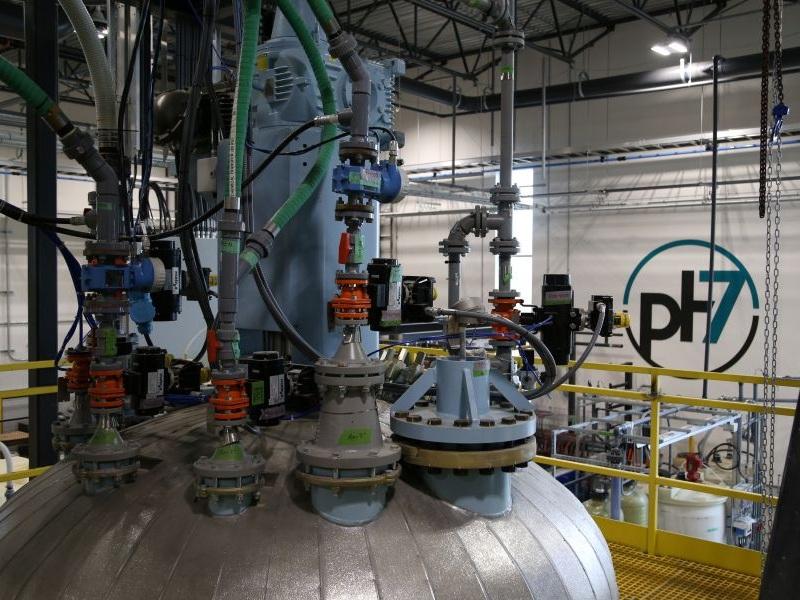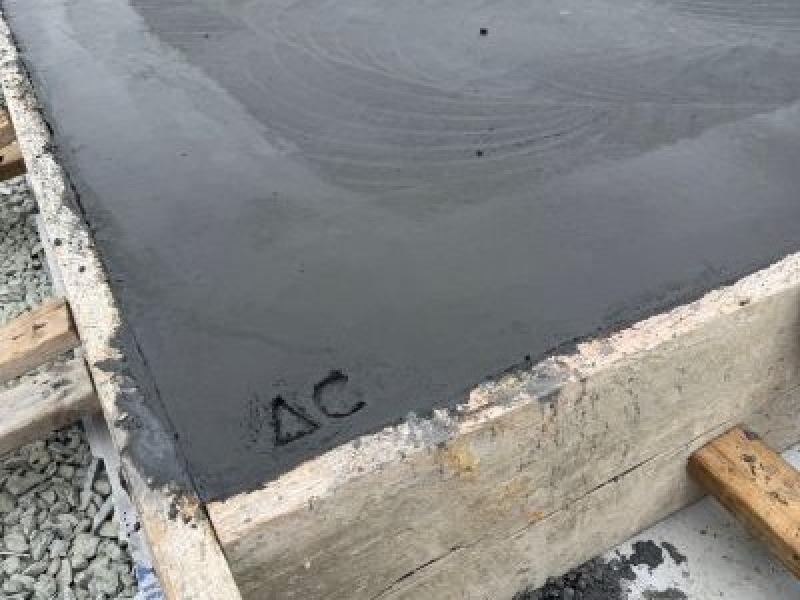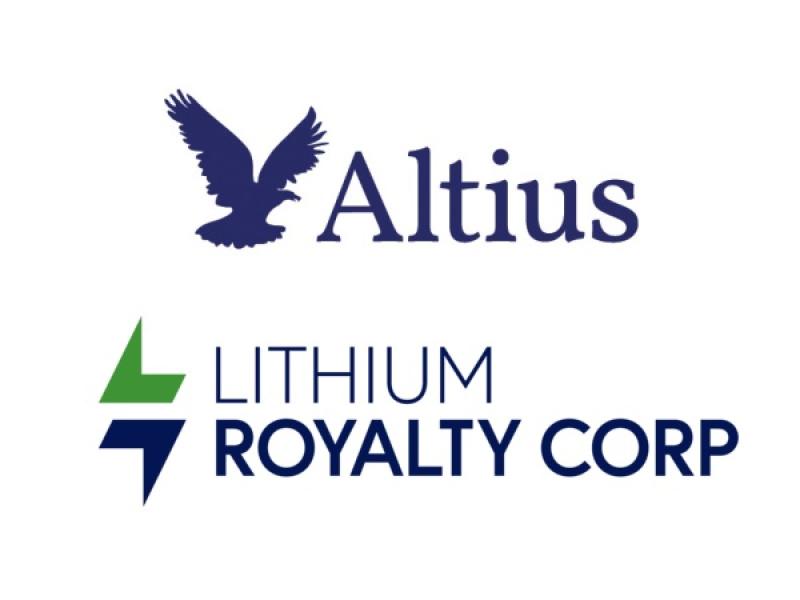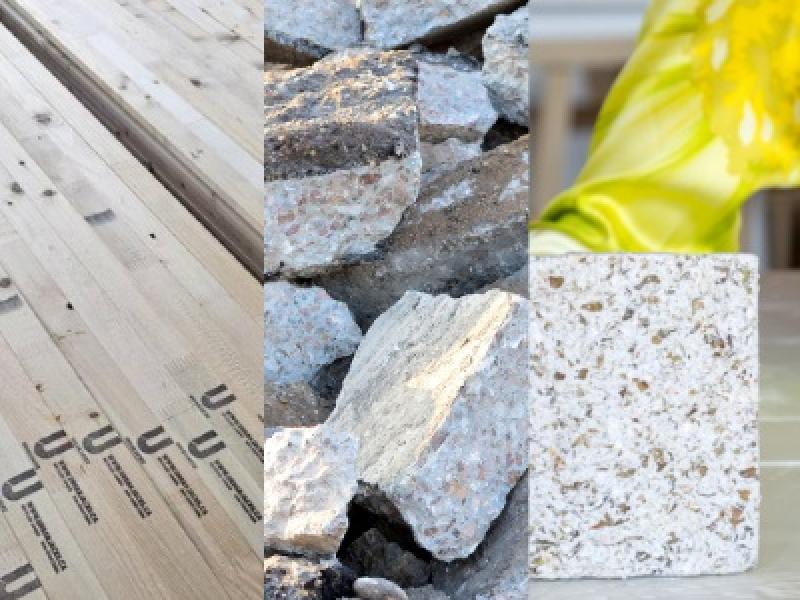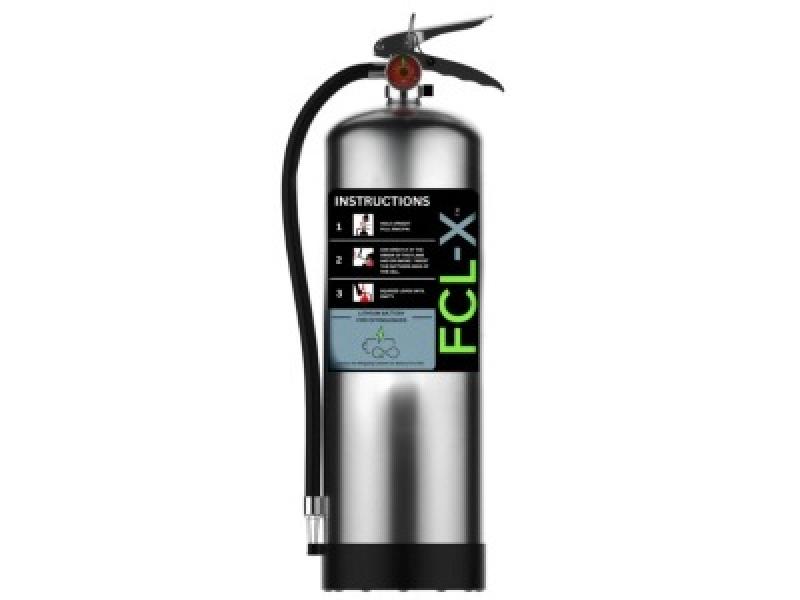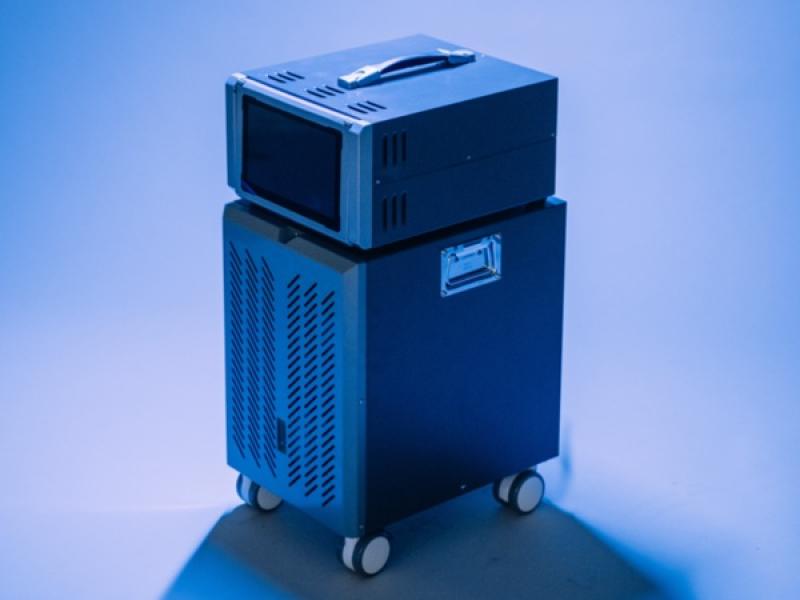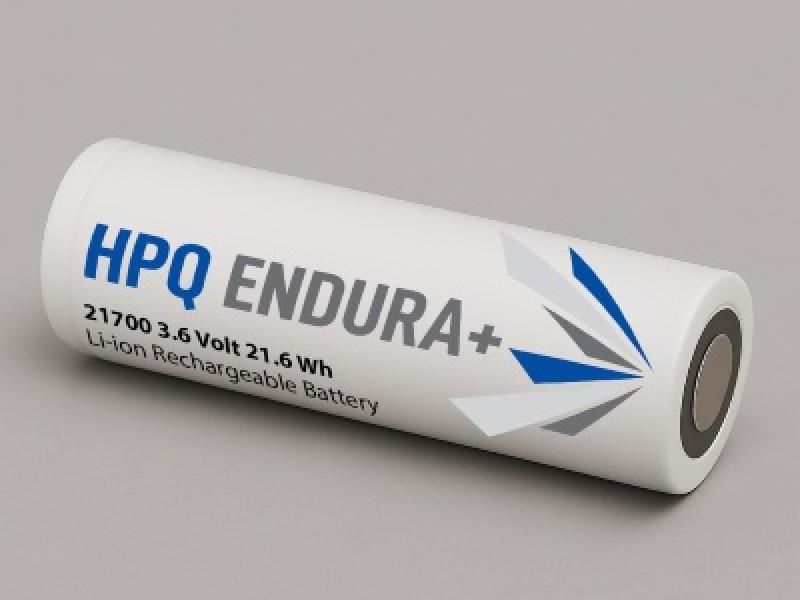
KA Imaging Inc., a Waterloo, Ont.-based company behind X-ray imaging technologies and systems, is developing a tool to detect faults during the manufacturing of electric vehicle (EV) batteries.
Supported by its partner Dana Canada Corporation, a supplier of drivetrain and e-propulsion systems, and a $1-million investment from the Ontario Vehicle Innovation Network, KA Imaging plans to use X-ray imaging systems to diagnose internal problems in EV battery components on the assembly line.
Discovering faults while the components are on the assembly line, so corrective action can be taken, will reduce waste and material costs. Thus, the cost to produce an EV would also decline.
“It's supposed to improve quality and bring costs down, so that you get broader acceptance of electric vehicles in the mainstream,” said Karim S. Karim, the co-founder and CTO of KA Imaging, in an interview with Sustainable Biz Canada.
Typically serving the medical, industrial and security sectors, the foray into the EV battery sector is the first move the company has made into manufacturing.
While EV battery failure rates are not high — with the U.S. Environmental Protection Agency noting a less than 0.5 per cent failure rate since 2016 EV models hit the road — it is still an issue, especially as the world electrifies transportation. If not caught early, the flaws can result in safety and reliability risks for drivers, including hard-to-extinguish battery fires and hindered performance.
Ensuring EV battery quality
Karim, who is also a professor at the University of Waterloo, helped found KA Imaging in 2015 to commercialize X-ray imaging technology. Critical to its mission was extracting more information from an X-ray wave, beyond a black and white picture, by analyzing how different energies interact with matter.
As manufacturing trends toward automated quality control and fault analysis, X-rays offer an advantage over optical imaging as they can look through materials, Karim said, presenting an opportunity for the company.
“That's where we (are) bringing out a new type of X-ray that provides more information about the object,” he explained. “It seemed like a natural fit for us to go into that space.”
For its project with Dana, KA Imaging is focusing on a type of X-ray called phase-contrast, which provides additional details about materials such as its homogeneity or can discover small defects that would otherwise go unnoticed by a conventional X-ray.
“When you're welding together two parts, oftentimes there are defects that are created in the weld seam. This type of X-ray technology can help you identify those defects,” Karim said, explaining one possible application for the technology.
The company is also exploring applications for spectral X-ray, which when used on a laptop for example, can distinguish which parts are plastic, aluminum or steel, and find voids in plastic parts.
Where the X-rays could fit on assembly lines
If commercialized, Karim expects to integrate the company’s X-ray detectors and systems on imaging systems made by partner companies, which will be sold to EV battery manufacturers or automakers. It could be placed at any point along an assembly line, he added.
He anticipates the use of such technology will start in Ontario, then across North America. Ontario is a hotbed for investment into EV battery factories, such as PowerCo's facility in St. Thomas, in the southwestern portion of the province.
If KA Imaging ends up making its own imaging systems, likely markets include automotive and aerospace manufacturers, and possibly food production lines, Karim said.
But he noted there is still “a road” to walk until KA Imaging is ready to turn the X-rays into a business for EV battery manufacturing; Karim anticipates another 18 to 24 months until the joint project with Dana concludes.
Beyond EV batteries, Karim envisions the X-ray solution could be used for other cleantech applications such as recycling (sorting and waste disposal), inspecting solar panels and quality assurance of wind turbines.


